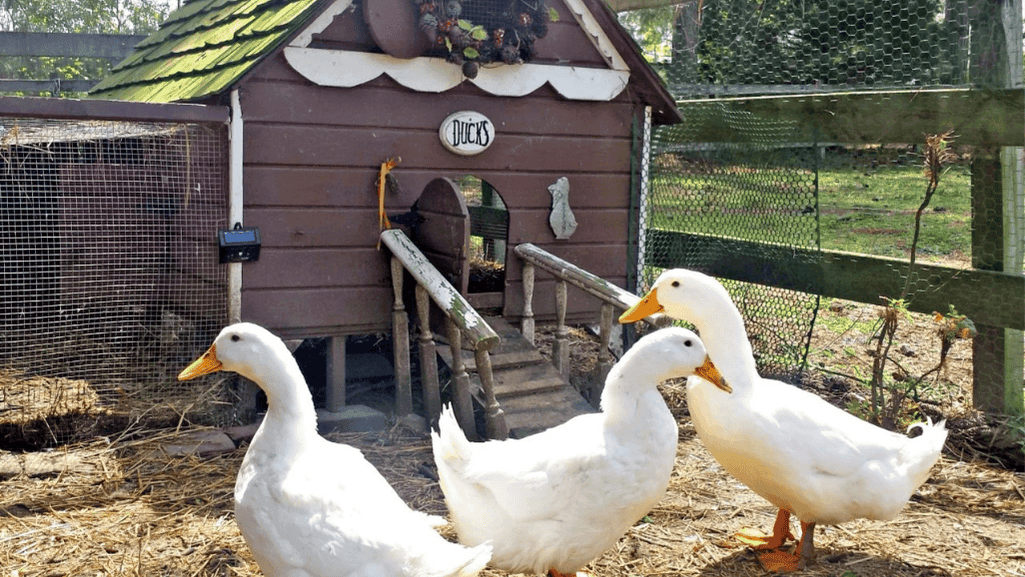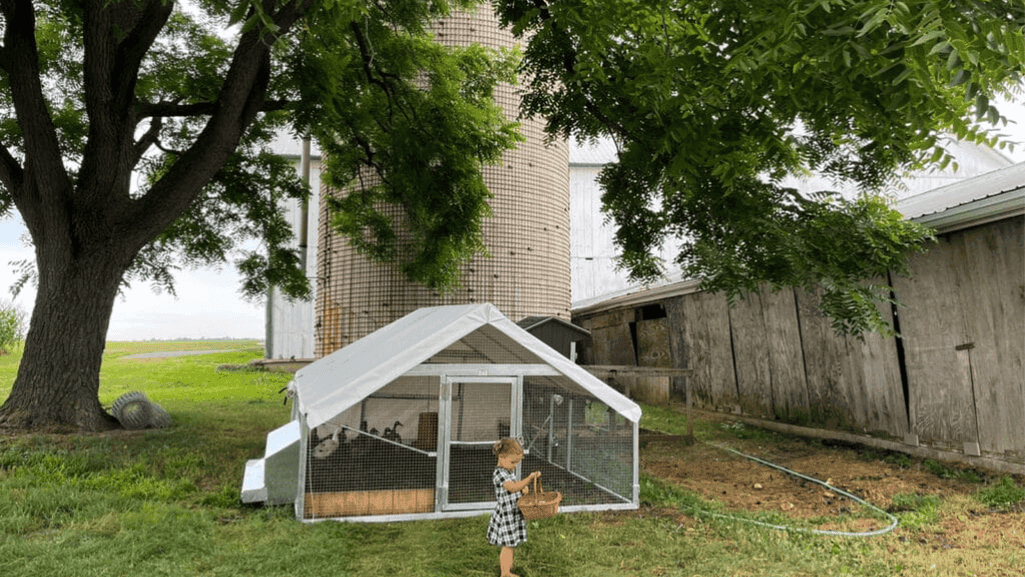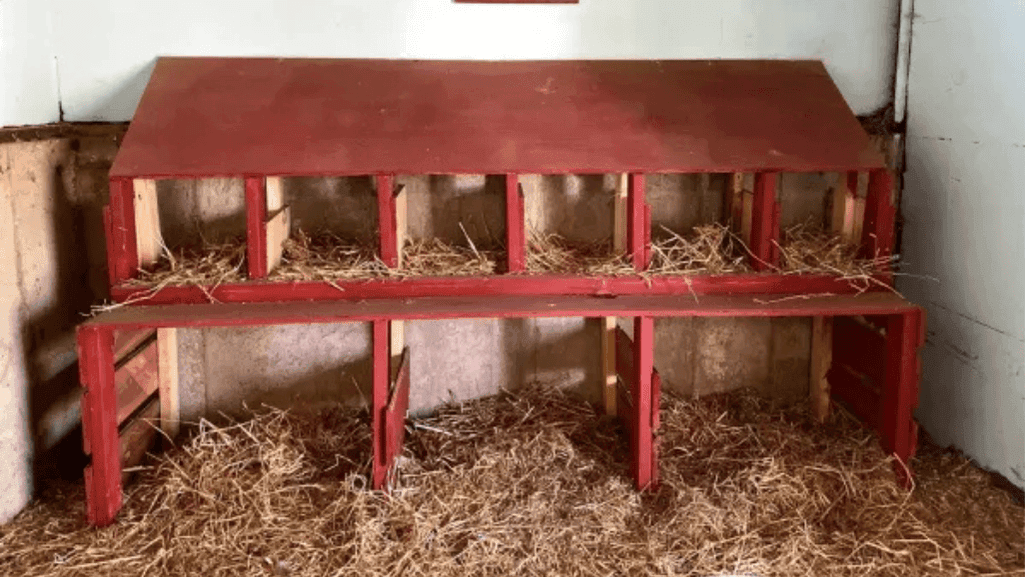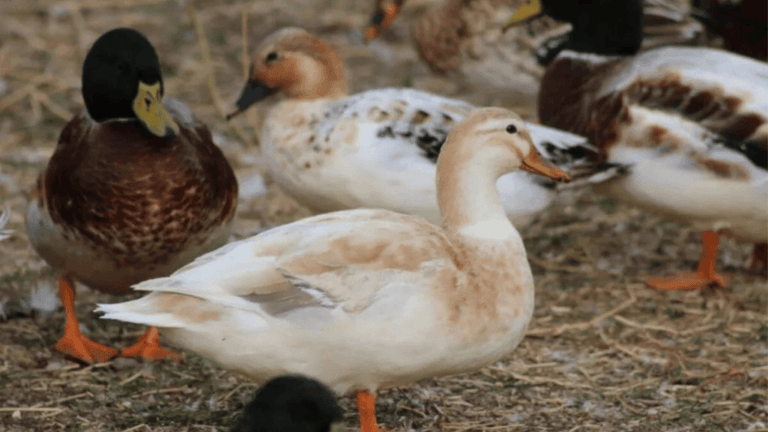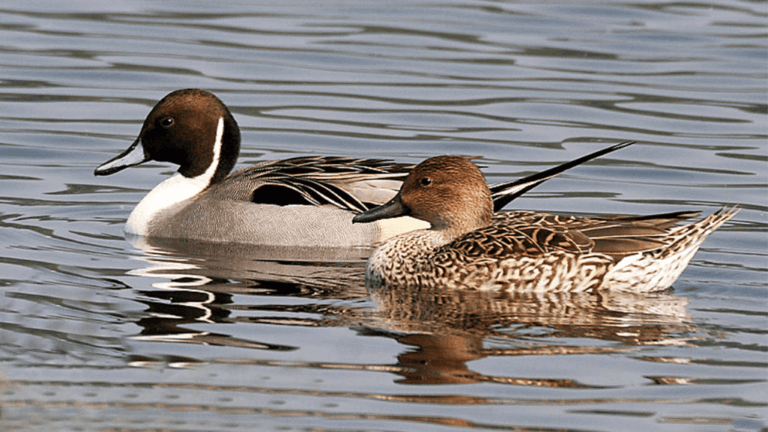Building a cozy and safe duck coop is key for any duck lover. It’s important for their health and happiness. A good duck house protects them from the weather, predators, and provides a comfy home.
When designing your duck housing, think about your ducks’ needs, your climate, and predators. Ducks love water, so their waterfowl housing must have good ventilation. This prevents moisture and keeps them healthy. With some creativity and carpentry skills, you can make a duck coop DIY that meets their needs.
Ducks don’t need nest boxes like chickens do. They prefer a cozy corner with straw to lay eggs. They need lots of space, with at least 4 square feet per duck inside and 10-20 square feet outside. Predator protection is crucial, especially against big predators like bears.
This guide will help you build the perfect duck coop. It will have easy access, be well-ventilated, and be a safe place for your backyard ducks.
Key Takeaways
- Ducks need a secure, well-ventilated duck coop to protect them from the elements and predators.
- Consider factors such as the number and breed of ducks, climate, and predator presence when designing your duck house.
- Ducks require a minimum of 4 square feet of floor space per duck inside the coop and 10-20 square feet of secure outdoor space.
- Unlike chickens, ducks don’t require nest boxes and can lay eggs in a cozy corner with straw.
- Proper ventilation is crucial to prevent moisture buildup and maintain a healthy environment for your backyard ducks.
Planning Your Duck Coop
Before you start building your duck coop, it’s key to plan ahead. Think about what you need and what you want. Good planning makes sure your coop is useful, comfy for your ducks, and won’t break the bank.
Determine Your Duck Coop Criteria
When planning, think about easy cleaning, moving it around, cost, and how it looks. Decide on the coop’s size based on your ducks’ number and breed. A good rule is 4-6 square feet per duck inside for comfort. Also, think about if you need separate areas for male and female ducks to stop unwanted breeding.
Identify Required Materials
To build your coop, you’ll need various materials and tools. These include:
- Saw (miter saw, circular saw)
- Drill and impact driver
- Screws or nails
- Pallets or wood fence panels
- Roofing material (metal roofing, shingles)
- Plywood for flooring and walls
- Hardware cloth for ventilation
- Hinges, door clasps, and locks
Make a detailed list of what you need for your coop design and the number of ducks you’ll have.
Locate Supplies for Cheap
Building a duck coop doesn’t have to cost a lot. Look for free or used supplies. Old pallets and wood scraps can make the frame and walls. Check with local fence companies or construction sites for materials they’re throwing away.
For your duck run or fenced duck area, use old dog-ear fence pickets or plywood. For the roof, look for used metal roofing or shingles at a lower price. Watch for sales or discounts on items like hinges, door clasps, and ventilation hardware.
Being smart and using repurposed materials and free duck coop supplies can save a lot of money. This way, you can build a great coop without spending too much.
Designing Your Duck Coop
When you start building a duck coop, think about your design carefully. Climate, predator protection, and ventilation are key. They help make a safe and cozy home for your ducks.
Consider Your Climate
Your local weather affects your duck coop’s design. In hot areas, add lots of ventilation to keep ducks cool. Use big windows or doors for good airflow.
In cold places, cover vents in storms and give extra space when it’s too cold outside.
Ducks need 2-6 square feet of space per duck in a coop, with slight variations depending on the breed size.
Plan for Predator Protection
Keeping predators out is crucial. Predators like raccoons and bears might try to get to your ducks. Make the coop strong, anchor it well, and use solid walls instead of wire mesh.
A secure coop is vital for your ducks’ safety.
Incorporate Proper Ventilation
Good ventilation keeps your duck coop healthy. Without it, moisture can cause health problems and dirty conditions. Add windows and vents for airflow.
This helps control temperature and moisture, keeping your ducks happy all year.
- Place windows and vents for best airflow
- Use adjustable windows for weather control
- Install roof vents for moisture escape
Designing your duck coop with climate, safety, and ventilation in mind makes a great home for your ducks.
Constructing the Duck Coop
Now that you’ve planned and designed your duck coop, it’s time to build it. You’ll need to create a strong frame, add walls and a roof, and include doors and ramps. With the right materials and steps, you can make a cozy home for your ducks.
Build the Frame
Start by building the duck coop frame. You can use pallets or wood fence panels. If you choose pallets, pick ones that are about 4′ x 4′ each. Cut them to size and screw or nail them together.
For extra stability, use 4″ x 4″ timbers, about 18″ tall, at the corners.
Install Walls and Roof
After the frame is ready, it’s time for walls and a roof. You can use plywood, shadow box fence panels, or corrugated plastic. Make sure the roof has a slight overhang for a porch area.
This porch will protect your ducks from the weather and give them a cool place to rest. Use “Ondura 4-ft x 6.58-ft Corrugated Asphalt Roof Panel” for a durable roof.
When choosing materials for your duck coop walls and roof, consider factors such as durability, insulation, and ease of cleaning.
Add Doors and Ramps
Add doors and ramps for easy duck access and cleaning. Use leftover fence boards or scrap wood for ramps. Make sure they’re sturdy and have a gentle slope.
For doors, use 4′ plywood panels with 7.36-in Steel-Painted Gate Latches. Also, add a large, hinged door at the back for easy cleaning.
- Ensure doors are wide enough for ducks to pass through comfortably
- Use hardware cloth to cover any openings, preventing predators from entering
- Install latches and locks on doors to keep ducks safe at night
By following these steps and using quality materials, you can build a strong and functional duck coop. It will be a safe and cozy home for your ducks for many years.
Creating a Comfortable Interior
When designing your duck coop’s interior, focus on making it comfortable and functional for your ducks. The duck coop interior should be safe, warm, and inviting. It should encourage your ducks to relax, lay eggs, and stay healthy.
Provide Adequate Floor Space
One key aspect is providing enough floor space. Allocate 2 to 6 square feet per duck, with larger breeds needing more room. This space lets your ducks stretch, behave naturally, and maintain a healthy social order.
When figuring out floor space, think about:
- The number of ducks in your flock
- The breed and size of your ducks
- Features like nesting boxes and feeding stations
Include Nesting Areas
Ducks need a cozy spot to lay eggs, rest, and hide from the weather. Add comfortable nesting areas to the coop. Use soft materials like straw, wood shavings, or duck bedding to make it warm and inviting.
Straw bedding is great because it’s insulating, affordable, and easy to find. Just remember to change it often to keep the coop clean and healthy for your ducks.
Here are some tips for nesting areas:
- Have one nesting box for every 4-5 ducks
- Make sure the boxes are quiet, draft-free, and easy to get to
- Keep the nesting areas clean and dry to avoid moisture and bacteria
Also, consider vinyl flooring for easy cleaning and upkeep. Vinyl tile or linoleum is durable, water-resistant, and simple to clean. It’s perfect for a duck coop that’s easy to maintain.
As you get more experience with ducks, you might need to adjust or improve your coop’s interior. Focus on your ducks’ comfort and health to create a happy, healthy environment. This will help with egg production and overall happiness.
Maintaining a Healthy Environment
Keeping your duck coop clean is key to your ducks’ health. By following proper duck coop maintenance tips, you can keep your ducks happy and healthy.
Ensure Easy Cleaning
Design your duck coop with easy cleaning in mind. Add a large, hinged back door and removable flooring. Cleaning the coop weekly is vital to avoid mud, flies, and diseases.
Use a plastic or metal rake to clean the coop. For deeper cleanings, a hose and bleach may be needed.
The deep litter method can also help. It involves adding fresh bedding on top of the old. This method only needs scooping out twice a year, making it easier and healthier for your ducks.
Manage Moisture and Odor
Ducks need water, but it can make the coop muddy. To control moisture and odors, ensure good ventilation and drainage. Drill holes in the coop’s corners to help water escape.
Use contractor plastic in winter to keep drafts out. This helps prevent respiratory problems. Managing litter is also key, as ducks’ droppings are very moist. Add fresh bedding regularly to keep areas dry.
Choose safe bedding like pine shavings, straw, or shredded leaves. Avoid cedar shavings, as they are harmful to ducks.
Prevent Rodent Infestations
Rodents can harm your ducks. Store feed safely and clean up spills quickly. Check the coop for rodents often and act fast to get rid of them.
By following these maintenance tips, you can make a clean, healthy home for your ducks. A well-kept coop benefits your ducks and makes caring for them easier for you.
Conclusion
Building the perfect duck coop is key to successful backyard duck keeping. This guide helps you create a safe, comfy, and healthy space for your ducks. Make sure to have enough floor space, good ventilation, and protection from predators.
Design nesting boxes to be about 14-16 inches square and high. Ducks like low boxes and may use their feathers to line them. You can also use straw, hay, or wood shavings. Online resources and duck communities can help a lot.
As you build your duck coop, remember it might change as you learn more. Pay attention to your ducks’ needs and make changes as needed. With care and dedication, raising ducks will be a rewarding experience for you and your feathered friends.


